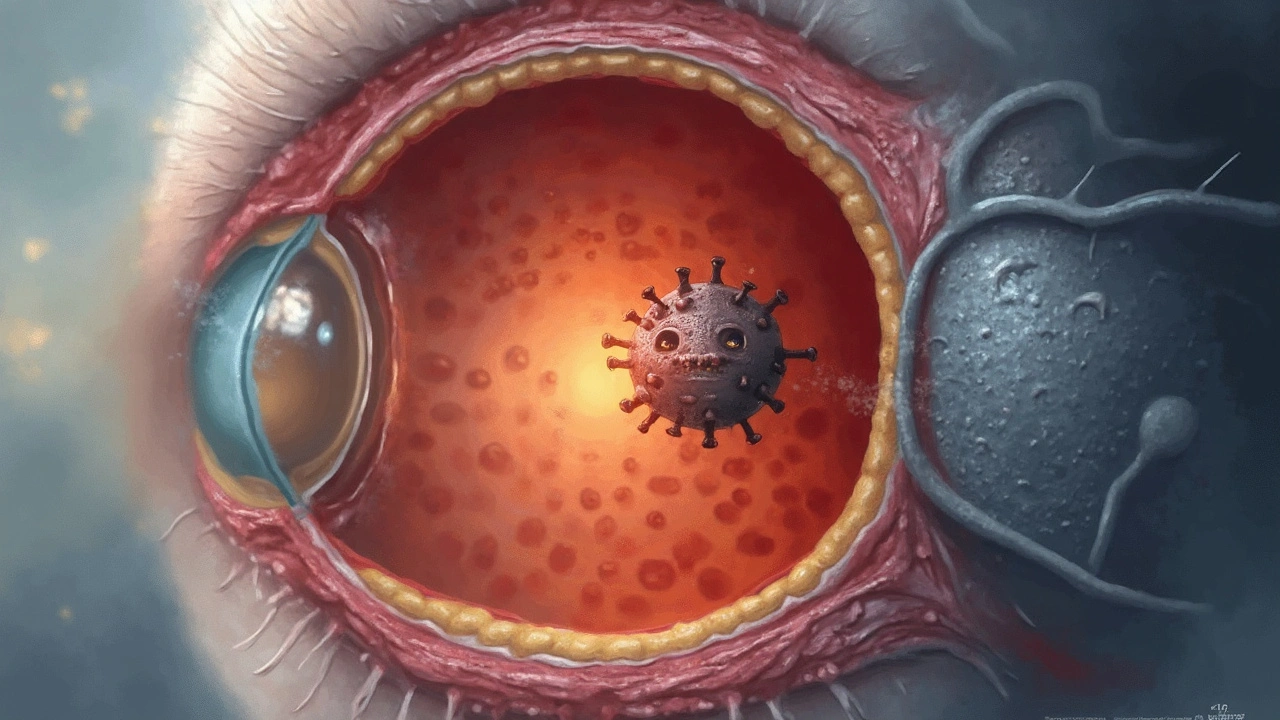Eye Treatment Guide: Simple Ways to Protect and Improve Your Vision
Did you know that two hours of nonstop screen time can leave your eyes feeling gritty and dry? Most of us spend way more than that on phones, laptops, or TVs, and the damage adds up fast. The good news is you don’t need a pricey clinic to fix it—small daily tweaks can make a huge difference.
First, give your eyes a break every 20 minutes. Look at something at least six feet away for 20 seconds; we call it the 20‑20‑20 rule. It relaxes the eye muscles and reduces strain. If you’re working on a computer, adjust the monitor so the top is at or just below eye level. This simple tilt stops you from craning your neck and keeps the eyes at a comfortable angle.
Everyday Habits That Hurt Your Eyes
Smoking isn’t just bad for lungs—it speeds up cataract formation and damages tiny blood vessels in the retina. Quitting or cutting back can protect those delicate structures. Staying hydrated helps keep tear production steady. Aim for at least eight glasses of water a day; if you’re constantly thirsty, your eyes will feel dry too. Don’t underestimate the power of lighting. Harsh overhead fluorescents or dim rooms force the eyes to work harder. Use a soft desk lamp that shines directly on what you’re reading and avoid glare from windows by using curtains or an anti‑glare screen filter.
When it comes to makeup, choose hypoallergenic eye products and always remove them before bed. Leaving mascara or eyeliner overnight can cause irritation, infection, or even allergic reactions. Lastly, protect your eyes outdoors. UV rays are invisible but they contribute to cataracts and macular degeneration over time. A pair of sunglasses that block 99‑100% UVA/UVB is a cheap insurance policy for your future vision.
Quick Fixes and When to Call the Doctor
If you wake up with gritty eyes, try artificial tears without preservatives—just a few drops can rehydrate the surface. For red eyes caused by allergies, over‑the‑counter antihistamine eye drops work fast, but don’t use them for more than a week without checking a professional.
Persistent blurry vision, sudden flashes of light, or a dark spot in your field of view are warning signs. Those symptoms could indicate retinal issues that need immediate attention. If you notice increasing difficulty reading small print, especially after age 40, schedule an eye exam to check for presbyopia or early cataract formation. Early detection lets you get corrective lenses or treatment before the problem worsens.
For chronic conditions like dry eye syndrome, a doctor may prescribe prescription drops that boost tear production or suggest punctal plugs—tiny devices that block tear drainage and keep moisture on the surface longer. Remember, regular eye exams (once every one to two years) catch hidden problems before they affect your daily life. Even if you think your vision is fine, a quick check can reveal early glaucoma or diabetic changes that are treatable when caught early.
Take these steps today: follow the 20‑20‑20 rule, stay hydrated, wear UV‑blocking sunglasses, and schedule an eye exam if you haven’t had one this year. Your eyes will thank you with clearer sight and less irritation.
Loteprednol is a topical steroid often used to manage eye inflammation. When dealing with ocular herpes, it's crucial to understand how it interacts with the virus. This article delves into the dual nature of loteprednol, highlighting both its benefits and potential risks. Understanding the nuances can help patients and caregivers make informed decisions about its use in managing ocular herpes. The insights here aim to enhance awareness and minimize complications.


 Medications
Medications